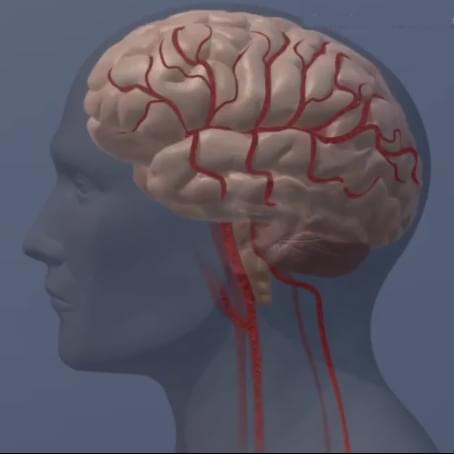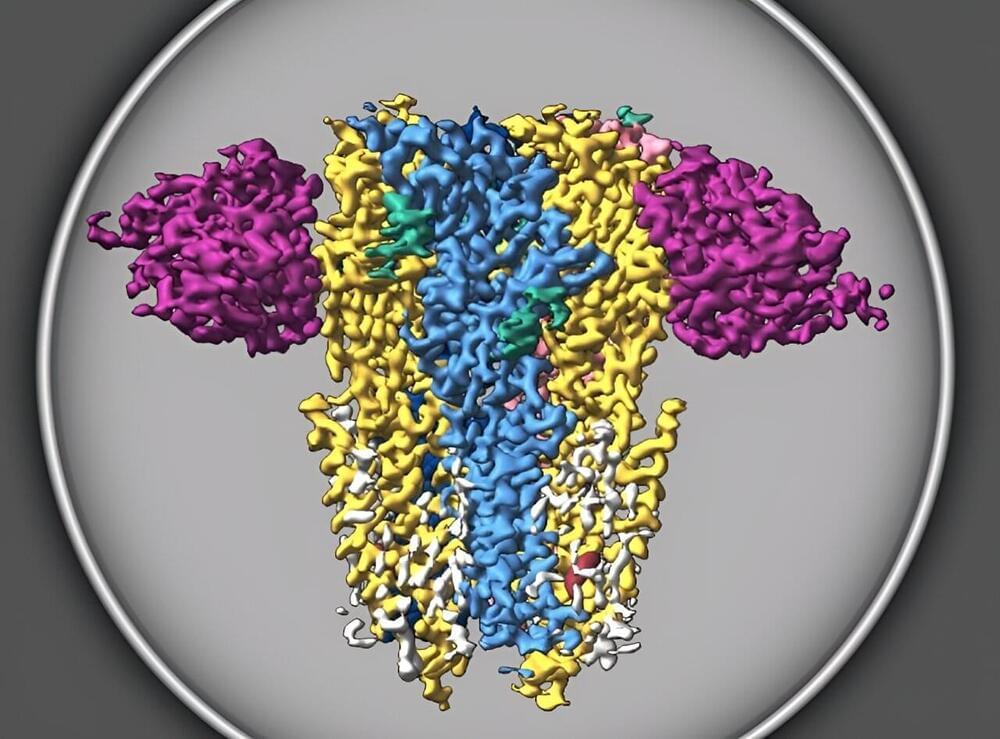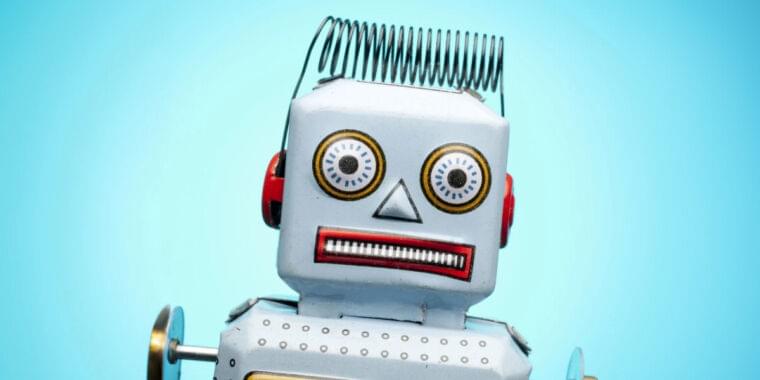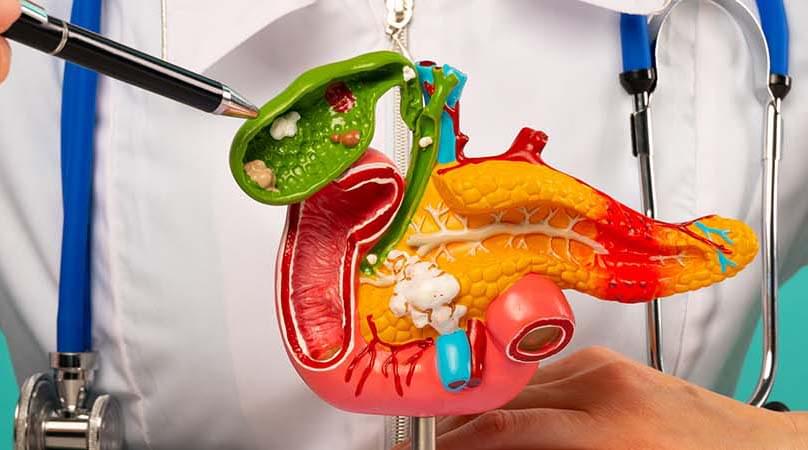Sep 20, 2023
Scientists reveal how the effects of psychosis spread throughout the brain
Posted by Saúl Morales Rodriguéz in categories: biotech/medical, neuroscience
Psychoses like schizophrenia cost billions of dollars annually and derail the lives of people struggling with the disease. Now Monash University researchers have modeled how the effects of psychosis spread through the brain, allowing them to isolate areas where these changes may originate from and which could be targeted by therapies designed to reduce the disease’s progression.


















